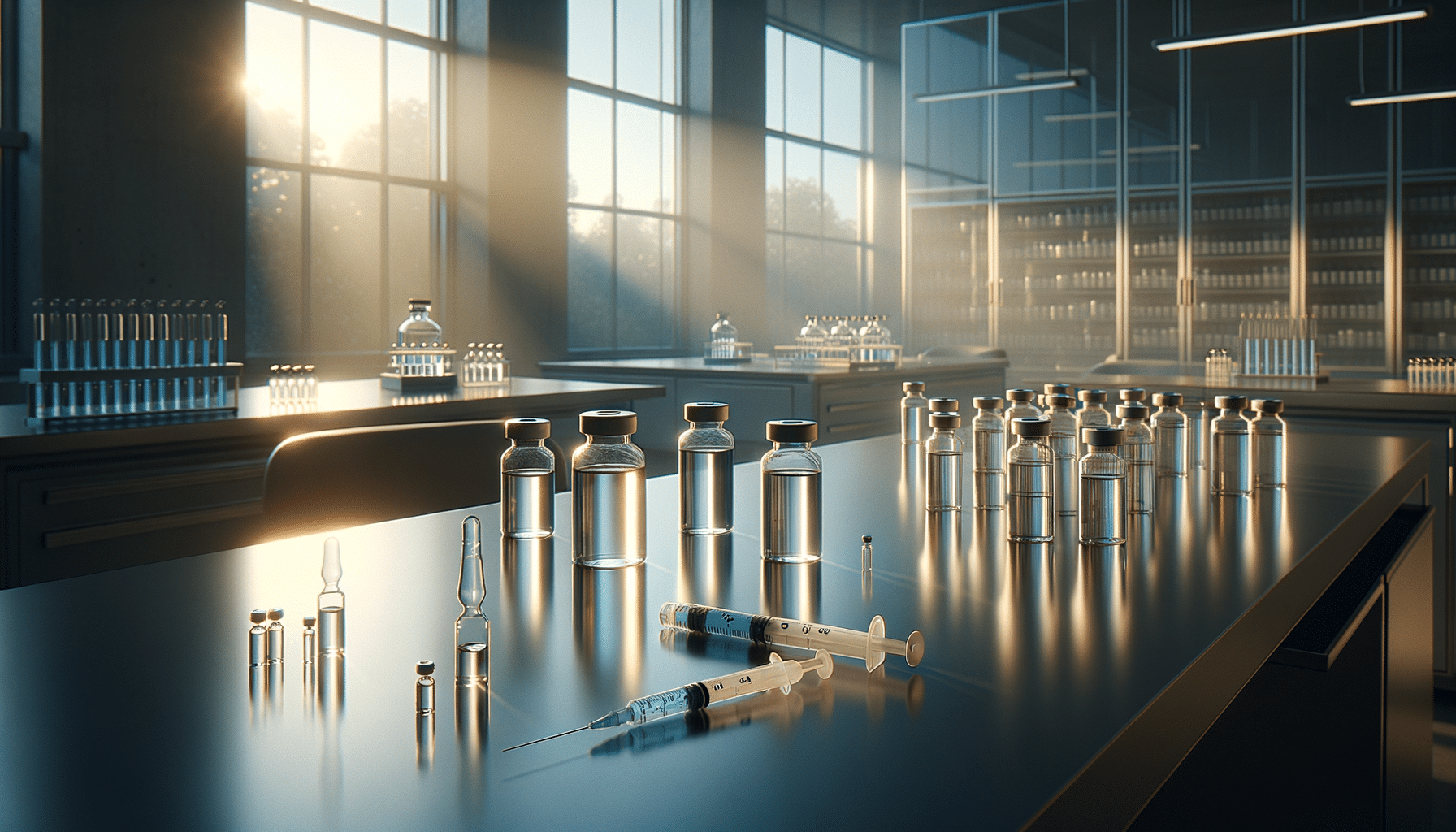
Can Macular Degeneration Be Reversed? Here’s What You Should Know
Understanding AMD: Dry vs. Wet Types
Age-related macular degeneration (AMD) is a common eye condition that primarily affects older adults, leading to vision loss. It occurs in two main types: dry and wet. Understanding these variations is crucial in managing and treating the condition effectively.
The dry form of AMD is more prevalent, accounting for about 80-90% of all cases. It is characterized by the thinning of the macula, which is the central part of the retina responsible for sharp vision. Over time, the macula becomes damaged due to the accumulation of drusen, which are yellow deposits. This gradual deterioration leads to mild to moderate vision loss and can progress slowly over several years.
In contrast, wet AMD is less common but more severe. It occurs when abnormal blood vessels grow beneath the retina and leak fluid or blood, causing rapid damage to the macula. This can lead to significant vision loss in a short period. Wet AMD is often considered a late-stage development of dry AMD, although it can occur independently.
Both types of AMD affect central vision, which is essential for activities like reading and driving. While dry AMD progresses slowly, wet AMD can lead to sudden changes in vision. Early detection and differentiation between the two types are crucial for effective management and treatment.
Treatment Options Available
Although there is currently no cure for AMD, several treatment options can help manage the condition and slow its progression. The approach to treatment often depends on whether the AMD is dry or wet.
For dry AMD, the focus is mainly on lifestyle changes and nutritional support. Studies suggest that certain vitamins and minerals can slow the progression of the disease. The Age-Related Eye Disease Study (AREDS) recommends a specific formulation of antioxidants and zinc, which has been shown to reduce the risk of developing advanced AMD.
Wet AMD, on the other hand, requires more aggressive treatment due to its rapid progression. Anti-VEGF (vascular endothelial growth factor) injections are a common treatment. These medications help reduce the growth of abnormal blood vessels and limit leakage, effectively slowing vision loss. In some cases, laser therapy may be used to destroy abnormal blood vessels, although this method is less common today.
Emerging treatments, such as gene therapy and stem cell therapy, are also being explored as potential options for AMD. While these are still in the research phase, they offer hope for future advancements in AMD treatment.
Regular eye exams and early detection play a vital role in managing AMD, as timely intervention can help preserve vision and improve the quality of life for those affected.
Lifestyle & Preventive Steps
Preventing or slowing the progression of AMD involves adopting a healthy lifestyle and making informed choices. While genetic factors play a significant role in the development of AMD, lifestyle changes can mitigate some risks.
One of the most effective preventive measures is maintaining a balanced diet rich in fruits, vegetables, and omega-3 fatty acids. Leafy greens, such as spinach and kale, along with fish like salmon, are beneficial for eye health. These foods contain essential nutrients like lutein, zeaxanthin, and omega-3s, which support retinal health and reduce the risk of AMD.
Smoking is a significant risk factor for AMD, and quitting smoking can greatly reduce the likelihood of developing the condition. Smoking cessation not only benefits eye health but also improves overall well-being.
Regular exercise and maintaining a healthy weight are also important. Physical activity improves blood circulation, which can help nourish the eyes and reduce pressure in the blood vessels.
Protecting the eyes from excessive sunlight exposure is another preventive step. Wearing sunglasses with UV protection can help shield the eyes from harmful rays that may contribute to AMD.
Finally, regular eye check-ups are crucial for early detection and management of AMD. Eye exams can identify early signs of the condition and allow for timely intervention, which is essential in preserving vision.
By incorporating these lifestyle changes, individuals can take proactive steps to reduce their risk of AMD and maintain eye health as they age.
Conclusion
Age-related macular degeneration is a significant concern for many older adults, but understanding its types and the available treatment options can make a substantial difference in managing the condition. While AMD cannot be fully reversed, treatments can slow its progression, and lifestyle changes can help prevent or delay its onset.
By staying informed and proactive, individuals can take control of their eye health and improve their quality of life. Regular eye exams, a healthy diet, and protective measures against environmental factors are all integral parts of a comprehensive approach to managing AMD.
Ultimately, while AMD presents challenges, it is possible to navigate them with the right knowledge and resources, ensuring vision is preserved for as long as possible.


